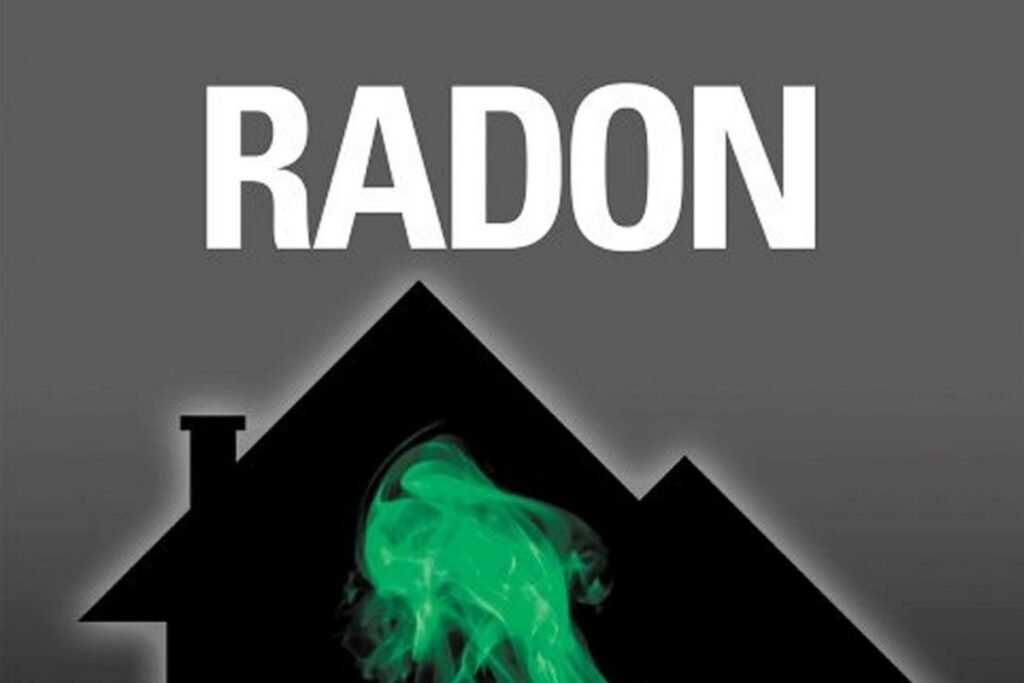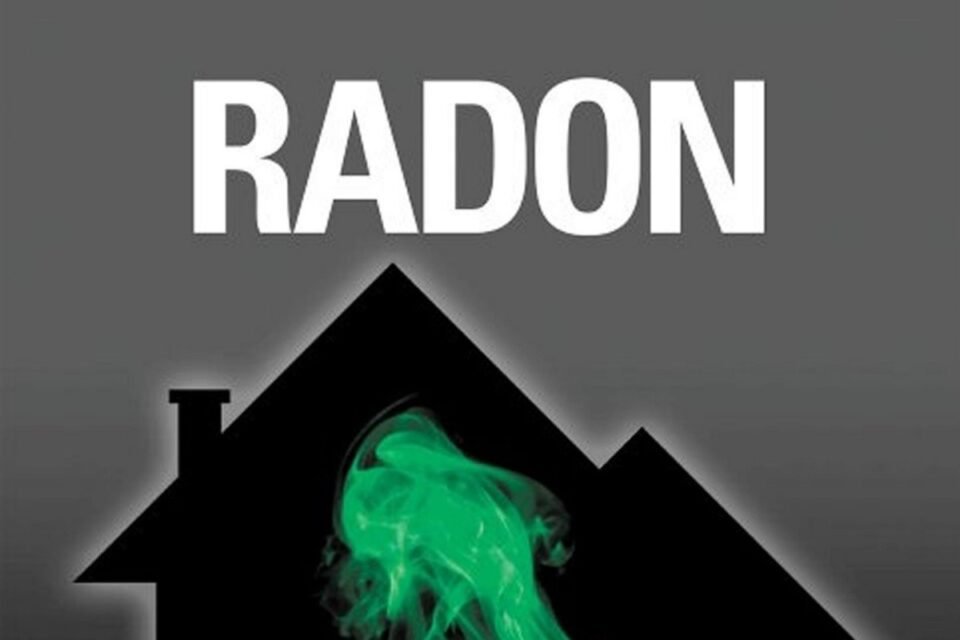Radon testing inspection Gaithersburg MD has revealed the higher chances of elevated amounts of radon in the household of the residents, not just that, the commercial properties are not safe as well and the major cause remains poor ventilation systems which fail to eradicate the high amounts of this gas from space, but the question is that What is Radon and how are its levels get elevated in your household?
Let’s break it down bit by bit to understand all the terms better.

What is Radon?
It is a noble gas represented as Rn in the periodic gas and has the properties of being inert, colorless, odorless, and tasteless too.
What is the source of radon?
Radon is produced due to the decomposition of Uranium in the soil hence it is naturally present around us everywhere.
When does radon become a problem?
When the amounts of radon gas inside your house exceed levels of this toxic gas outside your home, then it becomes a huge problem for people living inside your house.
How does it enter the house?
As it is basically released from the soil and found in the air too hence it can enter through your doors or windows and the cracks on the floors and walls of the house. It seeps through them and then gets accumulated inside your house.
Effects of high levels of radon:
High levels of radon present inside your house can result in the elongated exposure of the residents to this gas and upon repetitive inhalation, radon, due to its nature of getting entrapped in a surface, gets accumulated in your lungs as well and has proven to cause lung cancer. It is one of the two top causes of lung cancer and takes around
more than 20000 lives every year alone in the United States of America.
What is the safe level of radon?
As it is produced naturally in the environment around us hence it cannot be eradicated completely so according to the Environmental Protection Agency, if a house has more than 4pCi/l (a unit used to measure the amount of radon), then the house must be mitigated so the residents can be safe. The optimum level of radon inside a house should be around 2 pCi/l to 4 pCi/l and any amount above that is very harmful to the health of the residents.
How to find radon levels?
There is no easy way to trace this gas on its own due to the properties it possesses, so the best way to find high levels of radon is to get your house tested. After getting your house tested with either a DIY kit or with the help of some professional, you will be able to know if the amount of radon present inside your house is safe or not.
Is it possible to get rid of radon once and for all?
No, it is not possible but the best we can do is to get a radon test regularly so that we can be sure that there are no high levels of radon inside your household.
How can we conduct a radon test?
There are many options available in the market of Gaithersburg ranging from Do It Yourself tests and professional help to in the form of Home inspectors Gaithersburg MD has been assigned Radon Zone of 1 which means that there is an increased radon level as a result of indoor screening on average.
DIY kits:
They are easily available in the market and can be conducted at home but the results are not that reliable and one might need to do multiple tests in order to be sure about the amount of radon present inside your house. It is always recommended to get a professional radon test done by an experienced property inspector who knows his job and will conduct the test thoroughly to provide accurate results.
Professional test:
In this type of test, a professional and trained property inspector will come and visit your house and perform a preliminary inspection first. After that, he will find a suitable place to install the equipment which will record the levels of radon inside your home. The apparatus should be left alone just as it was otherwise it will hinder the process of accurate amounts of radon present inside your house.
The professional tests are also of two types with respect to the duration of the test.
Types of radon test:
One is a short-term radon test and the other is the long-term radon test.
Short Term Radon Test:
If you are just getting started with respect to the test related to radon, a short-term test is recommended to know if there is a chance of high amounts of radon at your home. If the short-term test, which is held for around 2 to 7 days, reveals that there are high levels of radon present inside your house then you must move forward with a long- term radon test to be sure.
Long Term Radon Test:
It can last up to even 90 days but the results are accurate if conducted by a
professional who knows what he is doing. The annual average level of radon present inside a house can be easily recorded from this method in all seasons as well!
How often the tests should be conducted?
It is recommended to get the radon tests done annually to keep a check if they are controlled or not but after you conduct a long term radon test, you can easily wait for two to three years to get another test done and if the amounts of radon are found in a long term test too, it is recommended to get radon mitigation.
What is Radon Mitigation?
Radon mitigation is a process in which an apparatus is installed inside your house permanently to get rid of excessive amounts of radon present inside your house to make it livable for you and your family.
Now that all is clear, stay safe and make the right decision for yourself and your family.

